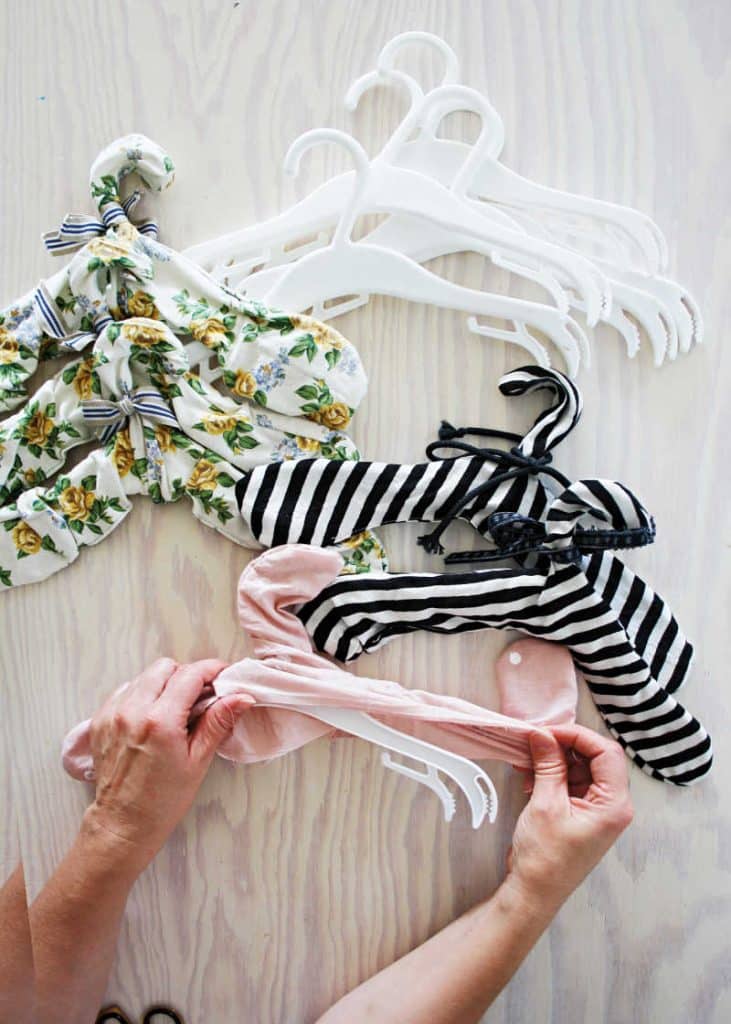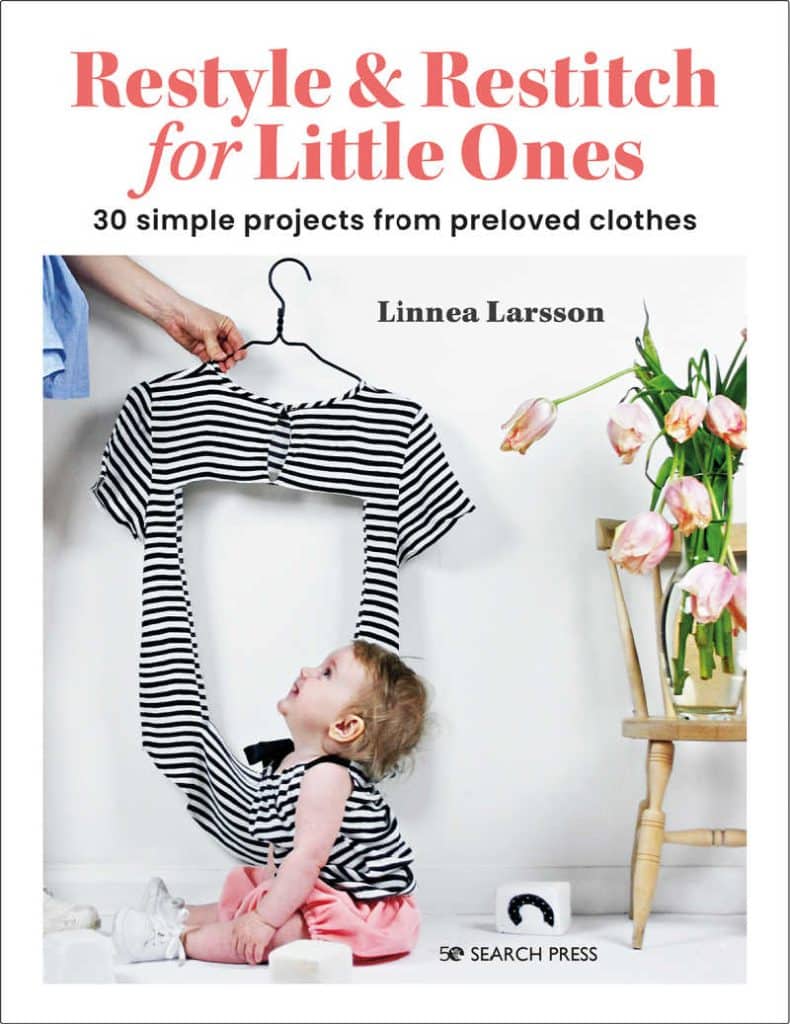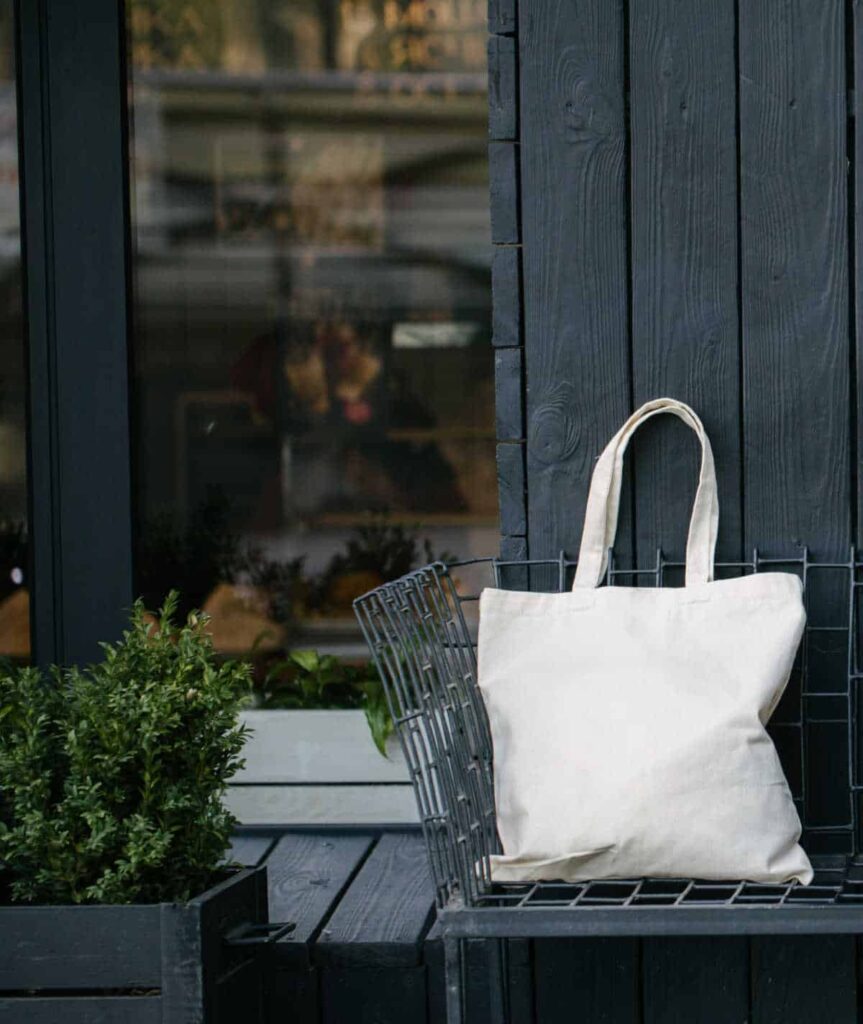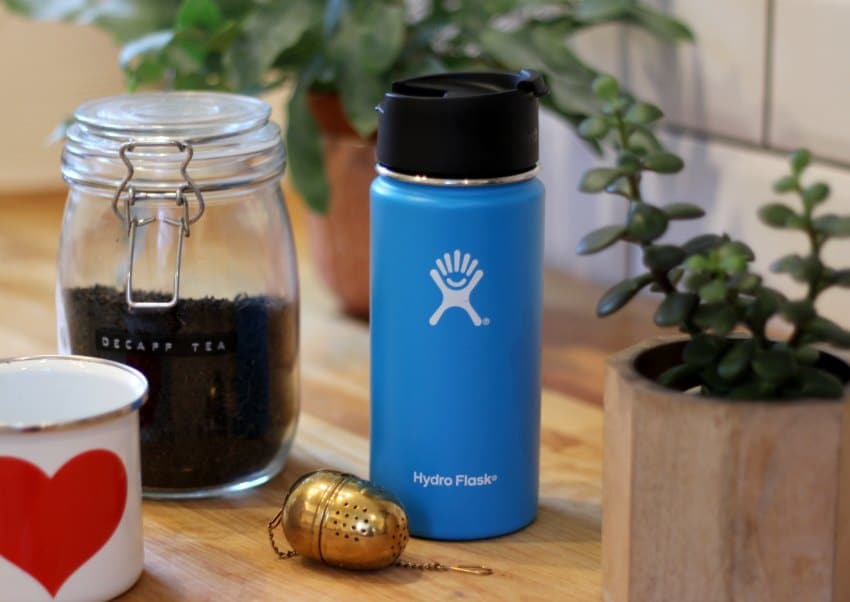How To Make Fabric-Covered Hangers From Upcycled Fabric
To support the running costs of Moral Fibres, this post contains affiliate links. This means Moral Fibres may earn a small commission, at no extra cost to readers, on items purchased through these links.
Make these pretty fabric-covered hangers from upcycled fabric, with this easy DIY from upcycling expert Linnea Larsson.
Linnea Larsson, the author of the new book Restyle & Restitch for Little Ones, is here with this clever DIY to make sweet fabric-covered hangers from upcycled fabric.

Linnea’s book has 30 simple projects to give your own favourite clothes a second life. With 30 simple upcycled sewing projects for creating stylish baby clothes, from newborns up to two-year-olds, using your unloved old clothes as the main source of materials.
Linnea shows you how to turn an old t-shirt into a romper; a dress shirt into a bodysuit; and even an old pair of jeans into a changing bag and mittens! Simply follow the clear instructions and colourful patterns to make practical clothes using basic sewing techniques.
There are also accessories and objects to create for home decoration from upcycled fabrics and garments, such as bags, cushion cases, and sheets, and these fabric-covered hangers.
If you are a novice sewist, then it may sound complex. However, the projects require no advanced sewing skills. You will also learn basic textile printing, which will help lift your fabrics from well-loved to wow!
How To Make Fabric-Covered Hangers

When you buy baby clothes, they sometimes come with a little plastic hanger. Many people bin these, as they aren’t particularly pretty. However, if you are making baby clothes then this pattern for a ruched fabric-covered hanger makes the perfect gift to go with a homemade garment.
You Will Need
- An old blouse
- A child’s coathanger
- Some pretty ribbon
- Two pieces from the free downloadable pattern sheet – download it here
Instructions
- Pin the fabric-covered hanger pattern pieces to the fabric and cut them out with a 1cm (1⁄2in) seam allowance. Cut through the front and back of the blouse at the same time.
- Sew the short side of the small part to the middle of the big part. Do the same to the front and the back. Place the right sides together and sew 0.5 cm (1⁄4in) from the edge using a straight stitch.
- Turn the right side out and press the seam flat so it looks neat.
- Now place both parts of the coathanger cover the right sides together and sew all around from mark A to mark B, sewing 1cm (1⁄2in) from the edge.
- Now sew 2cm (3⁄4in) backwards and forwards in the seam allowance on each side in the curve at the end of the coathanger. Cut off the threads about 20cm (73⁄4in) from the last stitch. These threads will enable you to gather the fabric and stop the fabric from falling off the coathanger.
- Turn the right side out and clip the seam allowance where the small part is attached to the big part. Insert the coathanger inside the cover. Pull the threads until the ends of the fabric reach the ends of the coathanger.
- Tie the threads together. Distribute the gathers evenly. Sew the opening together with a sewing machine or by hand.
- Finish off your fabric-covered hanger with a bow or other decoration.
Linnea’s book is out on 19th January 2023, and is currently available from Bookshop.org and Amazon. Do check it out for more sustainable baby clothing inspiration!

Found this post useful? Please consider buying me a virtual coffee to help support the site’s running costs.




